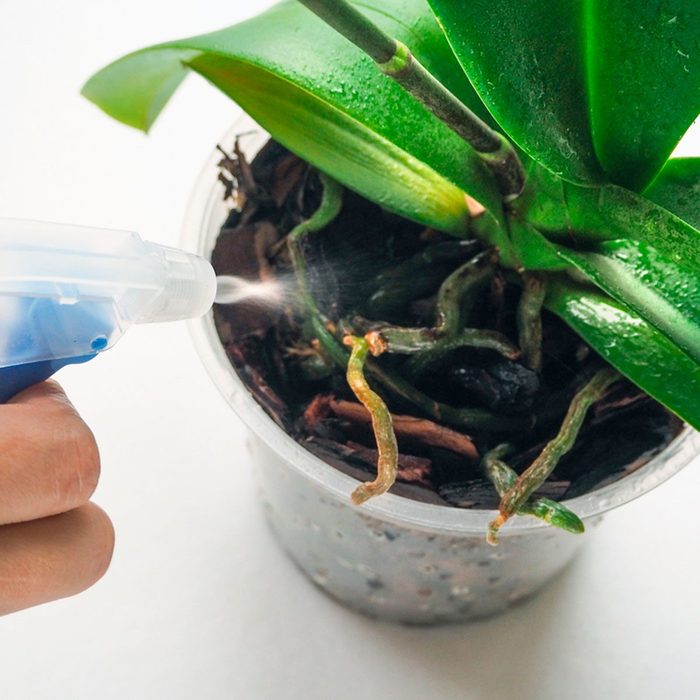
Fussy Orchids
Finicky houseplants are those that just aren’t suited to the conditions at hand. Think of a tropical plant that doesn’t like the dry air in your house or one that is overly sensitive to cold drafts. Orchid is a good example. Phalaenopsis orchids are considered the easiest—and they’re likely to hold on if you give them any amount of attention—but getting them to rebloom can be a problem. They’re very particular about lighting and drainage, so you may be able to keep orchids alive, but it will take extra effort to get them to rebloom.
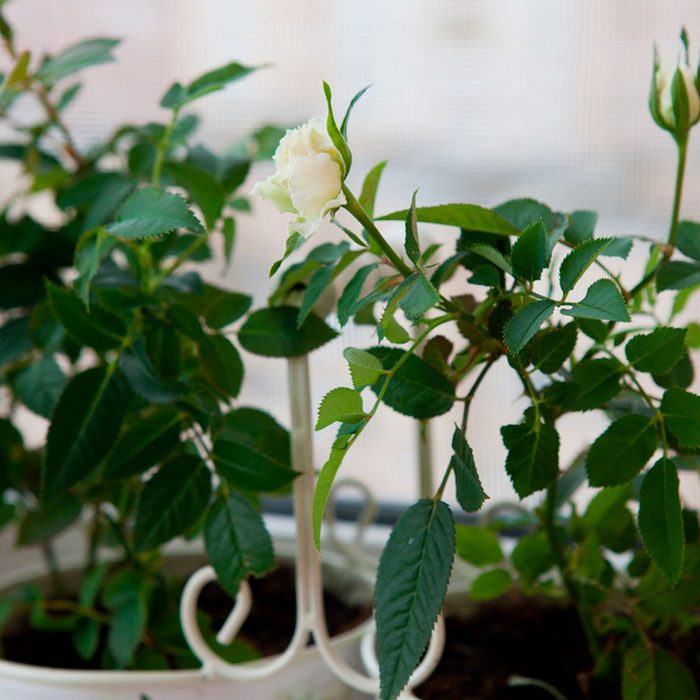
Demanding Miniature Rose
Miniature rose is another example of a plant that can be finicky. It looks beautiful when you bring it home from the store, but after the blooms drop, it can be an ordeal keeping the foliage looking healthy. And hopes for reblooming fade in direct proportion to the amount of light the plant gets. Miniature rose wants 6 hours of sunlight, but there aren’t many indoor locations short of a greenhouse that offer that amount of light.
Check out the top 10 best houseplants for low light.
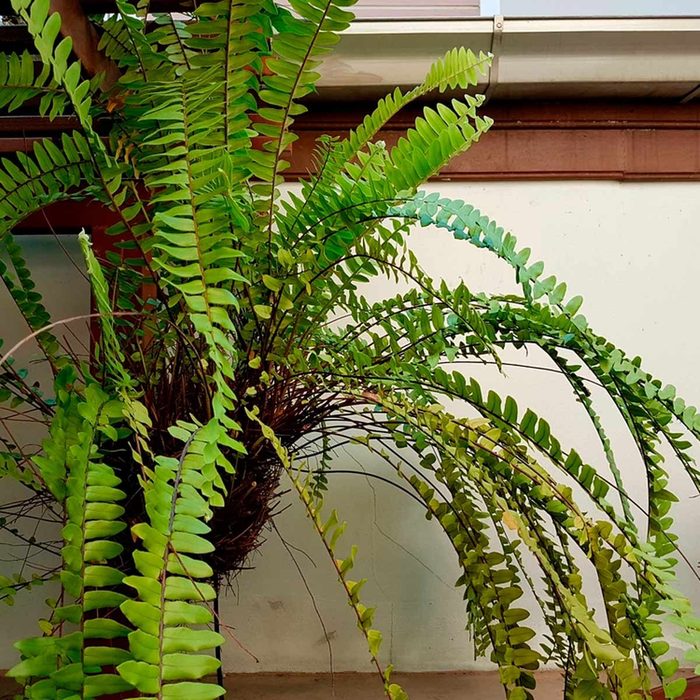
Balky Boston Fern
Boston fern is not necessarily hard to grow, but it is hard to keep in good shape. Sensitive to lighting, it’s not uncommon to see some of Boston fern’s fronds shrivel up and the rootball dry out if watering is forgotten. Once the spent fronds are removed, the plant’s handsome shape suffers. Before you know it, you’ve got a sad sack plant to hide in the corner whenever company is expected.
Did you know houseplants are good for you? They purify the air. Here are the best air-purifying houseplants to choose from.
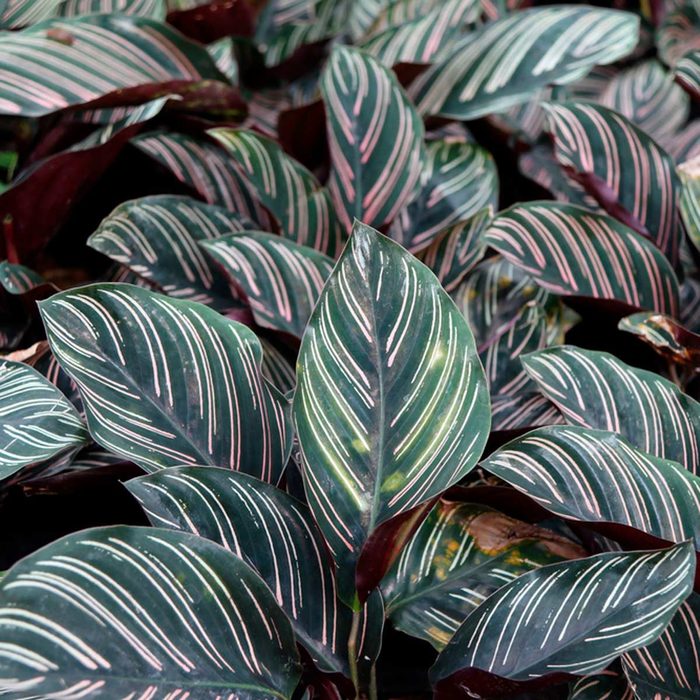
Challenging Calathea
Pin-stripe calathea is a lovely foliage plant with distinctive markings. Trouble is, it is sensitive to cool and dry conditions—which happen to be prevalent in many homes in winter. A warm, humid environment and bright, indirect light will help keep the foliage looking good—but it also needs evenly moist soil and regular fertilizer. In short, there are easier houseplants to grow.
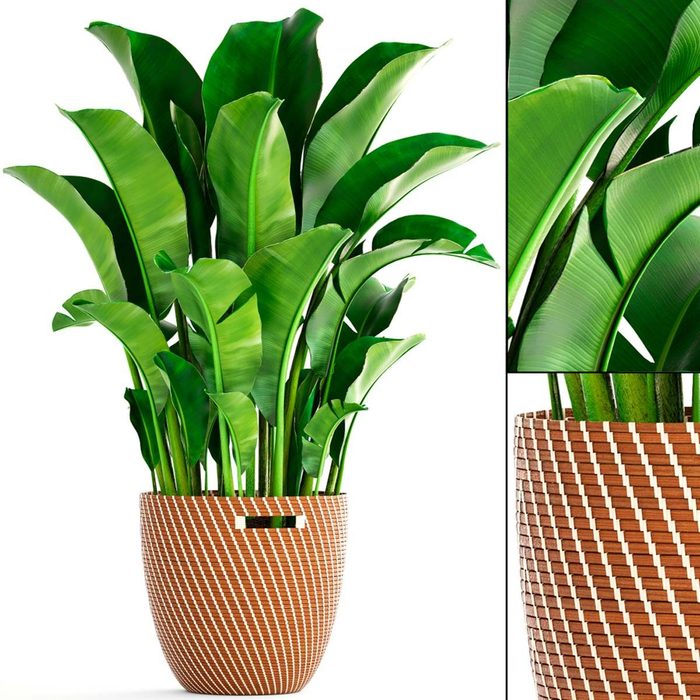
Tropical Banana Plant
Banana plant is a great houseplant to grow—if you have a warm and humid greenhouse attached to the house. It needs full sunlight and 50 percent humidity to look its best. While those conditions are common outdoors in the tropics, they’re not easily recreated by homeowners with arid, heated indoor air in winter.
Check out our guide to growing fruit trees indoors in pots.
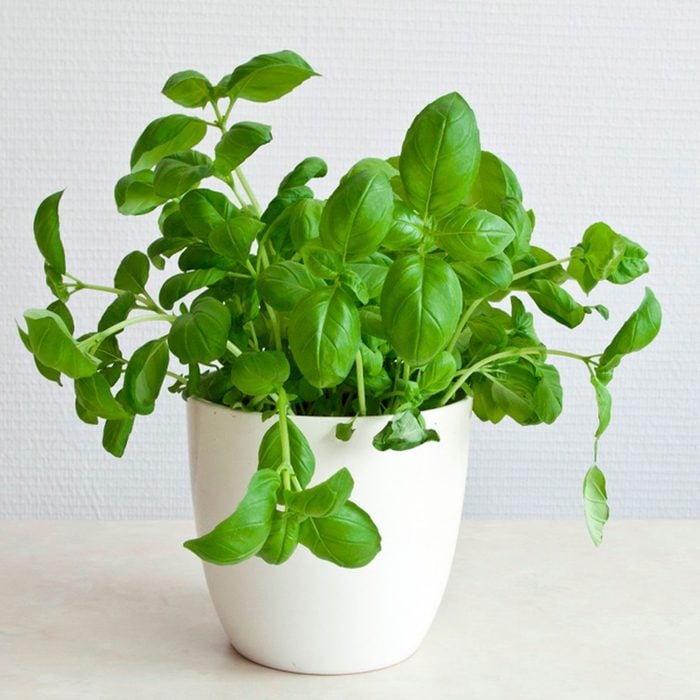
Outdoorsy Basil
Basil, as any cook worth their salt will tell you, is a fabulous herb to have around for cooking. Pick it from the garden in summer or from a pot sheltered from frost in fall. But in winter, you’ll have more success buying it at the grocery store. Basil needs at least 6 hours of direct sunlight—tough to come by indoors in winter—to grow efficiently. You might get some to hang on for a while, but don’t expect much growth.
Are you blessed with a lot of indoor light from southwest-facing windows? Here are 10 seriously cool succulents to grow as houseplants.
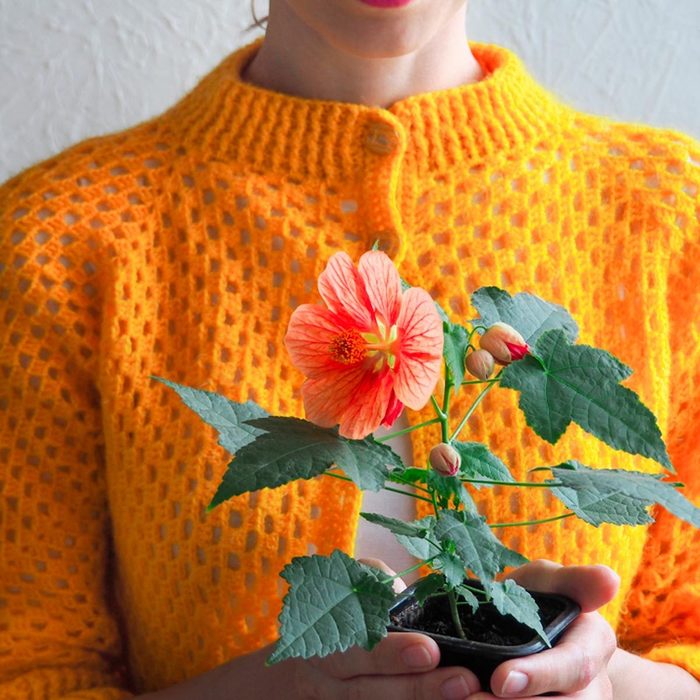
Flowering Maple
Flowering maple, or abutilon, makes an attractive outdoor plant with its maple-like leaves and mallow-like flowers. A tender shrub, hardy in Zones 9–10, it is sometimes kept as a houseplant in other climates. While it doesn’t need a lot of light or water indoors in winter, it is tough to keep blooming indoors and it tends to get buggy. Whiteflies, spider mites, mealybugs and scale are some of the pests that commonly attack flowering maple.
Psst—You’ve been watering indoor plants the wrong way—Here’s what to do instead.
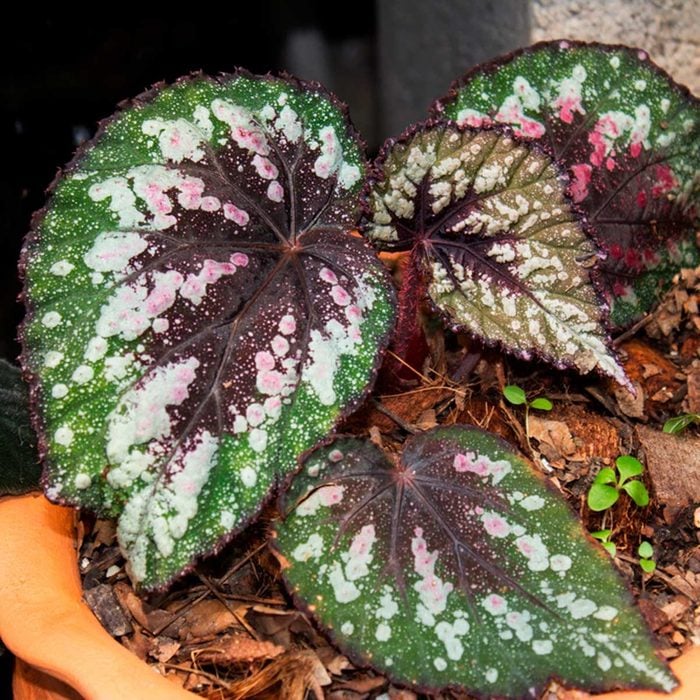
Better-Outside Begonias
Rex begonias are grown for their attractive foliage. Although not hard to grow outdoors in the right conditions, indoors they often look as if they’ve been put through the mill, with tattered foliage and brown margins. In winter, they also like it on the cool side—around 60 degrees F.—which is usually too cool for people and pets.
Get more tips about begonia care.
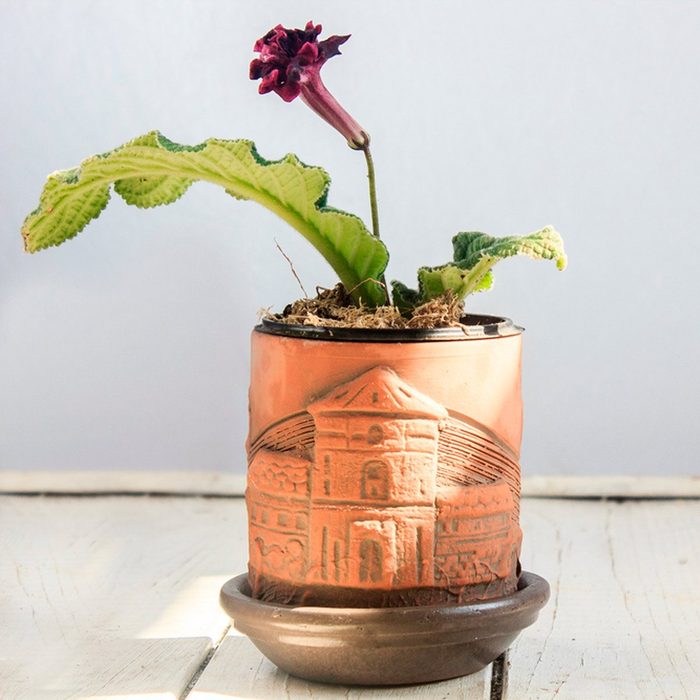
Fussy Streptocarpus
Streptocarpus is a popular houseplant, valued for its textured leaves and bright blooms. But it’s a bit finicky when it comes to moisture and people often push it to the edge by overwatering the plant, not giving it proper drainage, or a combination of the two. Some varieties experience annual leaf die-back, where leaves turn brown. The plants are also often attacked by mealybugs. Here’s a guide to getting rid of the most common indoor plant bugs.
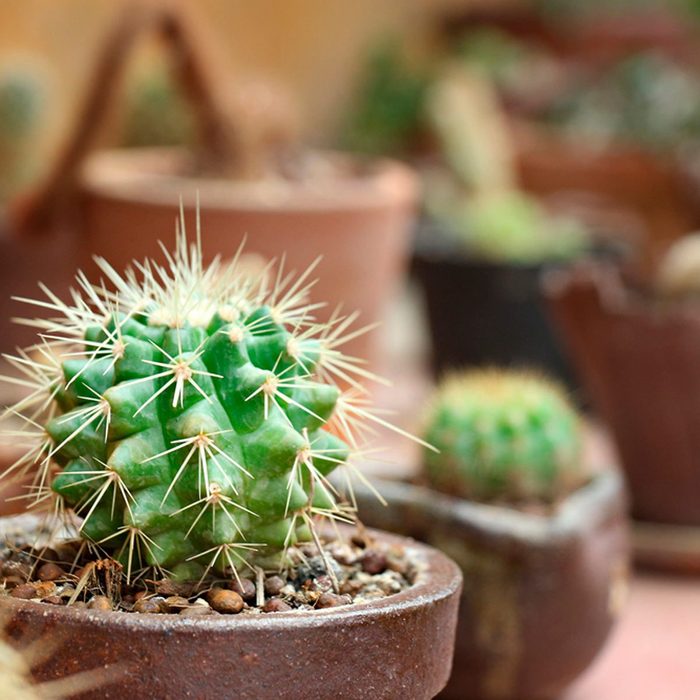
Prickly Plants
Sharp, pointy or prickly plants are a no-no when you have toddlers. They can easily injury themselves when exploring their surroundings. Even older kids can get injured if they’re playing or roughhousing near plants such as cacti. It’s best to avoid those plants or keep them in a separate room where they won’t pose a danger to youngsters. For a safer choice, try a Christmas cactus.
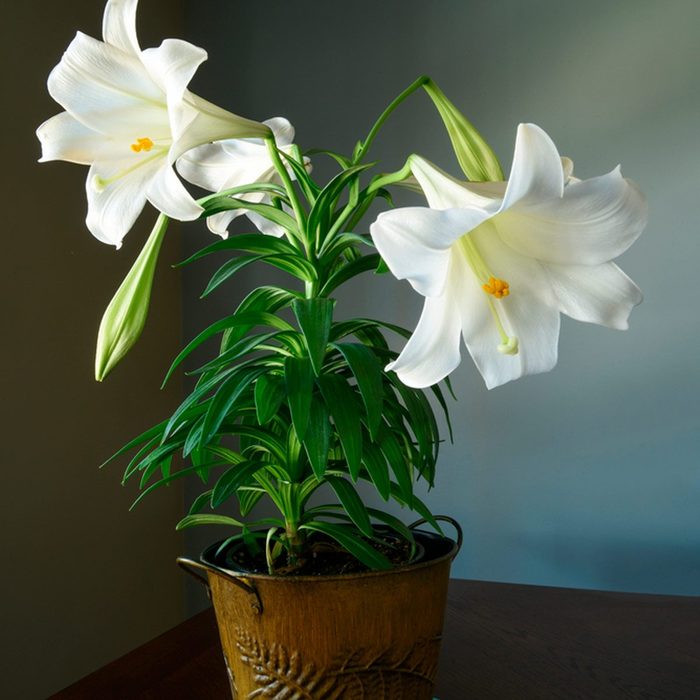
Poisonous Plants
Speaking of dangers, you’ll want to avoid poisonous plants. Some are a danger to children, others to pets. While many poisonous plants are naturally bitter and not likely to be ingested in quantity, there’s no need to take chances. Some common examples include: philodendron, pothos, oleander, dieffenbachia and Easter lily (shown).
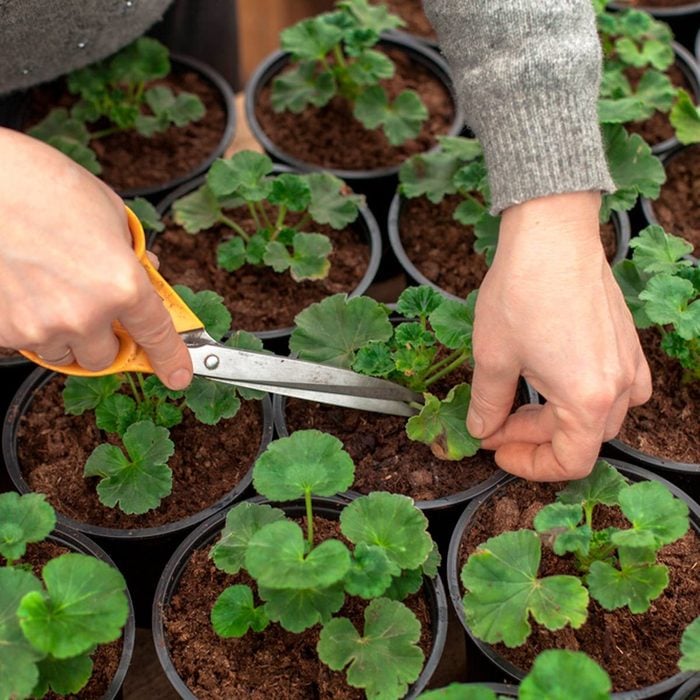
Outdoor Plants Overwintered Indoors
It’s a great idea to save plants with special significance or to get a head start on the growing season. And if you have a special room where you can overwinter your indoor plants, all the better. But frankly the plants will be on life support during that time—missing the outdoor conditions to which they were accustomed—and therefore not looking all that good. Keep them alive, by all means. But don’t expect they’re going to be worthy of your coffee table.
Next, check out the top 10 blooming houseplants to grow indoors.
